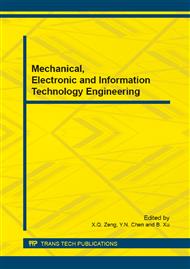p.11
p.17
p.22
p.26
p.30
p.37
p.43
p.49
p.55
Fuzzy Multiple Attributes Decision-Making Hybrid Model for Selecting Aircraft Baseline Scenario
Abstract:
Expertise or certain performance metrics information was often separately considered to model the Aircraft baseline scenario preferential problem in a traditional way, with one-sidedness and subjective. This paper focus on baseline scenario preferential problem in aircraft conceptual design, proposed a hybrid fuzzy decision merit model with synthesizing the description and numerical fuzzy indicators and using interval theory to model the fuzziness of each attribute. Proposed the preference information method based on multi-level expertise interval scale to model description fuzzy indicators and grey incidence analysis to model numerical fuzzy indicators, induced objective information entropy to increase the discrimination degree among group information, and then established a hybrid fuzzy interval multi-attribute decision model based on expertise, grey scale and objective information entropy, by constructing the Lagrangian function to solve each attribute weights. Applied it to the aircraft baseline scenario preferred example, to verify its feasibility and effectiveness.
Info:
Periodical:
Pages:
30-36
Citation:
Online since:
March 2015
Price:
Сopyright:
© 2015 Trans Tech Publications Ltd. All Rights Reserved
Share:
Citation:


